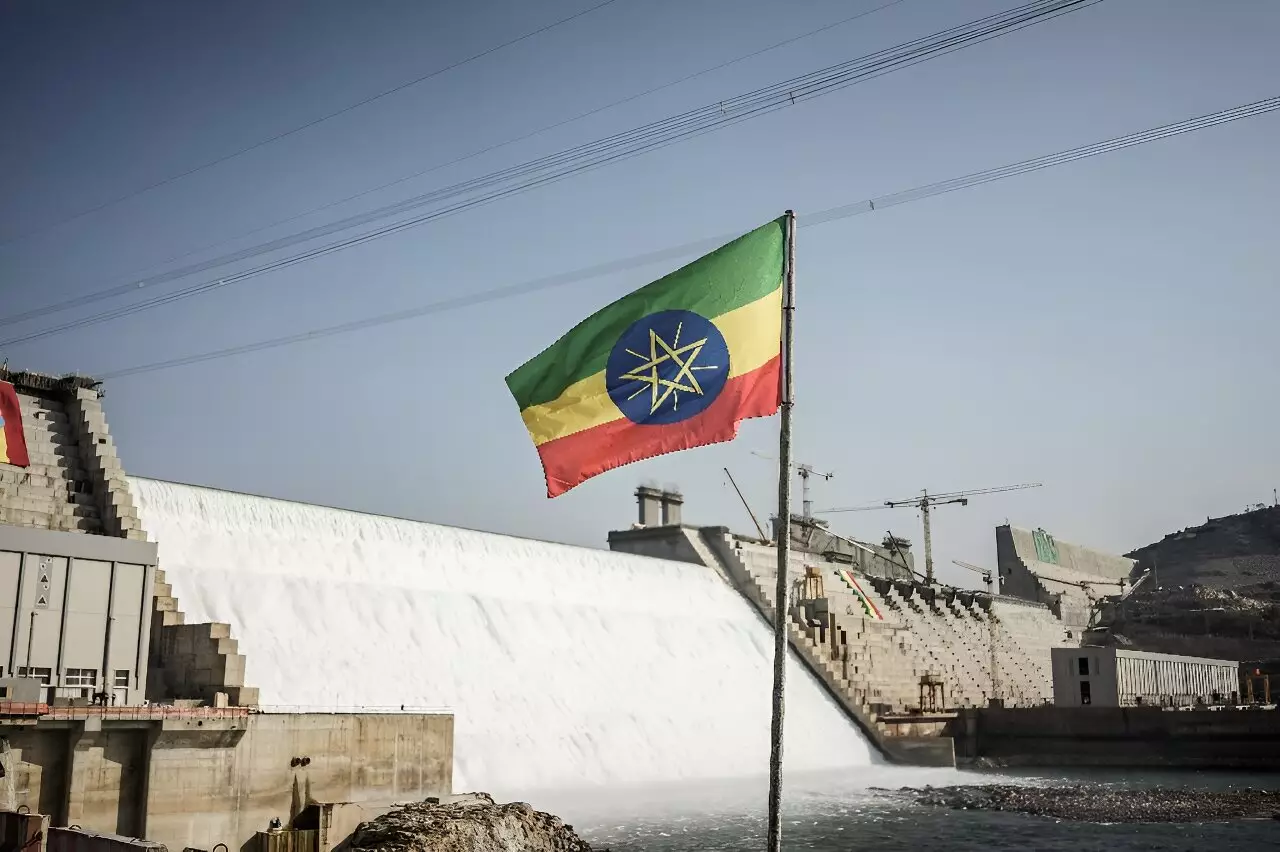Ethiopia recently announced that it has significantly increased its electricity production from the Grand Ethiopian Renaissance Dam on the Blue Nile. This follows the commencement of operations for two more turbines, bringing the total electricity generation to 1,550 megawatts. This development marks a significant milestone in the project, which has long been a source of tension with downstream nations Egypt and Sudan.
Transitioning to Operation Phase
The Grand Ethiopian Renaissance Dam has now moved from the construction phase to the operation phase, signaling a major step forward in the project. With the completion of the concrete dam and the operationalization of additional turbines generating 400MW each, the total output of the dam has reached 1,550MW. The spillways of the dam are also releasing an extra 2,800 cubic meters of water to downstream countries, further showcasing the progress made in the project.
The significance of the Grand Ethiopian Renaissance Dam lies in its potential to address Ethiopia’s electricity supply challenges. With the capacity to generate over 5,000 megawatts of power when all 13 turbines are operational, the dam could more than double Ethiopia’s current electricity output. This would not only benefit the country but also contribute to the electrification and development of Africa as a whole.
Despite the potential benefits of the dam, it has been at the center of a regional dispute, primarily involving Egypt and Sudan. Both countries have raised concerns about the dam’s operation without a three-way agreement, fearing that it could impact their access to vital Nile waters. Egypt, in particular, sees the dam as an existential threat due to its heavy reliance on the Nile for water needs. On the other hand, Ethiopia maintains that the dam will not reduce the volume of water flowing downstream, emphasizing its role in managing water flow and mitigating flood risks.
The World Bank has shown support for Ethiopia’s efforts to expand its electricity network and diversify into other clean energy resources. In April, the World Bank announced a plan to assist Ethiopia in this transition, including the development of solar, wind, and geothermal power sources. This support is crucial in addressing Ethiopia’s electricity deficit, which continues to hinder socio-economic development and limit access to opportunities for many of its citizens.
The increased electricity production from the Grand Ethiopian Renaissance Dam represents a significant milestone for Ethiopia’s energy sector. Despite the regional tensions surrounding the dam, its potential to address electricity supply challenges and contribute to development in the region cannot be overlooked. With continued support from global partners, Ethiopia has the opportunity to further harness its energy resources and drive sustainable growth for its people.


Leave a Reply